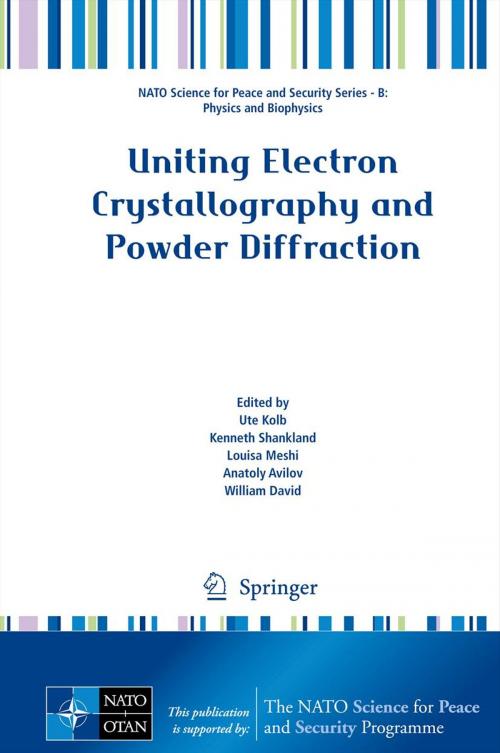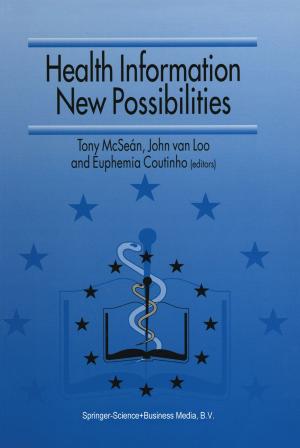Uniting Electron Crystallography and Powder Diffraction
Nonfiction, Science & Nature, Science, Chemistry, Crystallography, Technology, Material Science| Author: | ISBN: | 9789400755802 | |
| Publisher: | Springer Netherlands | Publication: | December 20, 2012 |
| Imprint: | Springer | Language: | English |
| Author: | |
| ISBN: | 9789400755802 |
| Publisher: | Springer Netherlands |
| Publication: | December 20, 2012 |
| Imprint: | Springer |
| Language: | English |
The polycrystalline and nanocrystalline states play an increasingly important role in exploiting the properties of materials, encompassing applications as diverse as pharmaceuticals, catalysts, solar cells and energy storage. A knowledge of the three-dimensional atomic and molecular structure of materials is essential for understanding and controlling their properties, yet traditional single-crystal X-ray diffraction methods lose their power when only polycrystalline and nanocrystalline samples are available. It is here that powder diffraction and single-crystal electron diffraction techniques take over, substantially extending the range of applicability of the crystallographic principles of structure determination.
This volume, a collection of teaching contributions presented at the Crystallographic Course in Erice in 2011, clearly describes the fundamentals and the state-of-the-art of powder diffraction and electron diffraction methods in materials characterisation, encompassing a diverse range of disciplines and materials stretching from archeometry to zeolites. As such, it is a comprehensive and valuable resource for those wishing to gain an understanding of the broad applicability of these two rapidly developing fields.
The polycrystalline and nanocrystalline states play an increasingly important role in exploiting the properties of materials, encompassing applications as diverse as pharmaceuticals, catalysts, solar cells and energy storage. A knowledge of the three-dimensional atomic and molecular structure of materials is essential for understanding and controlling their properties, yet traditional single-crystal X-ray diffraction methods lose their power when only polycrystalline and nanocrystalline samples are available. It is here that powder diffraction and single-crystal electron diffraction techniques take over, substantially extending the range of applicability of the crystallographic principles of structure determination.
This volume, a collection of teaching contributions presented at the Crystallographic Course in Erice in 2011, clearly describes the fundamentals and the state-of-the-art of powder diffraction and electron diffraction methods in materials characterisation, encompassing a diverse range of disciplines and materials stretching from archeometry to zeolites. As such, it is a comprehensive and valuable resource for those wishing to gain an understanding of the broad applicability of these two rapidly developing fields.















